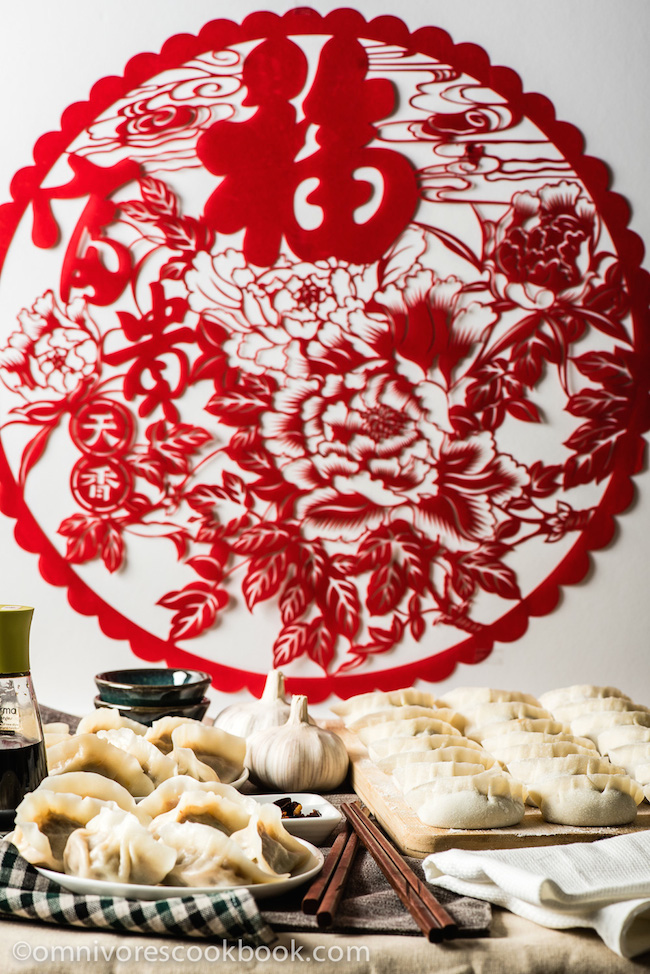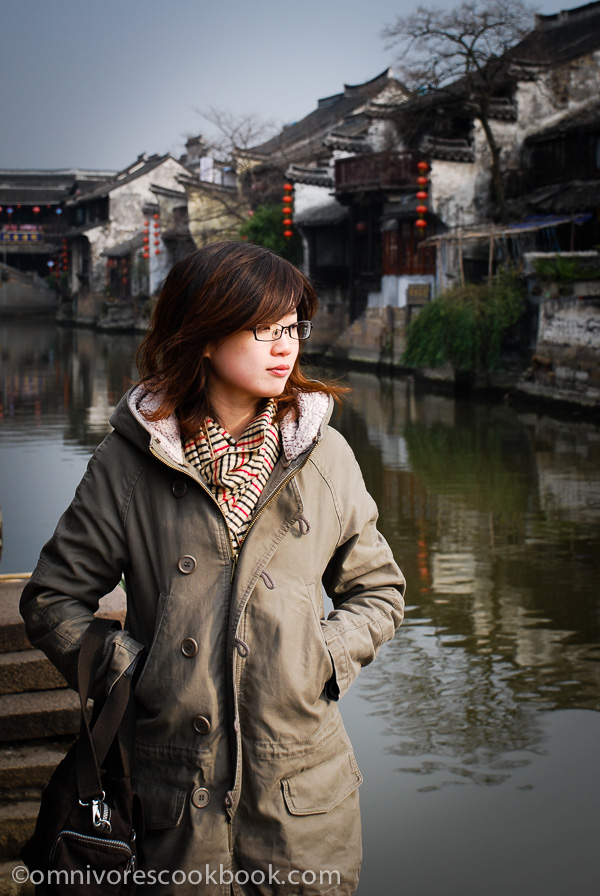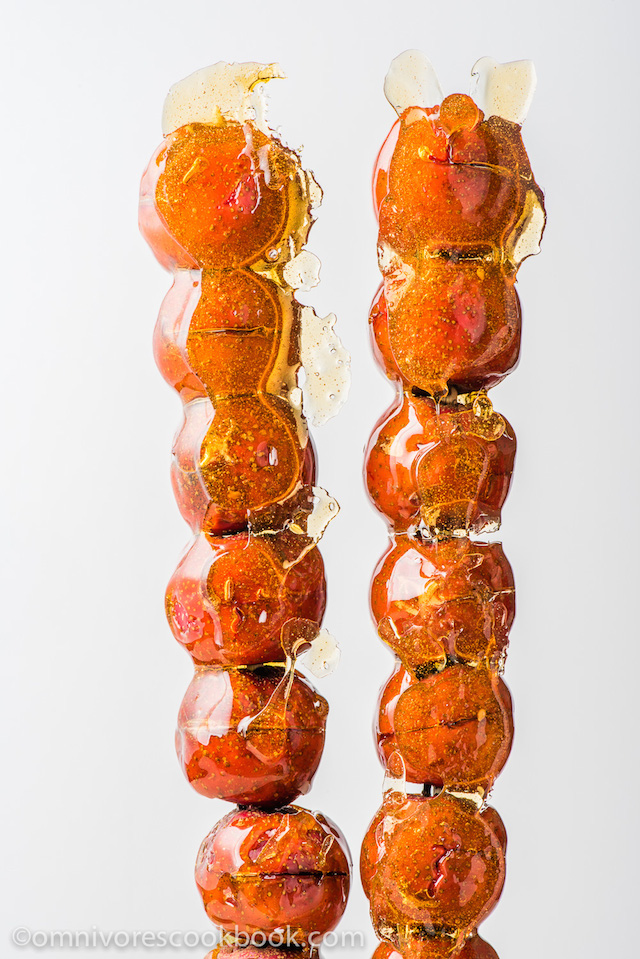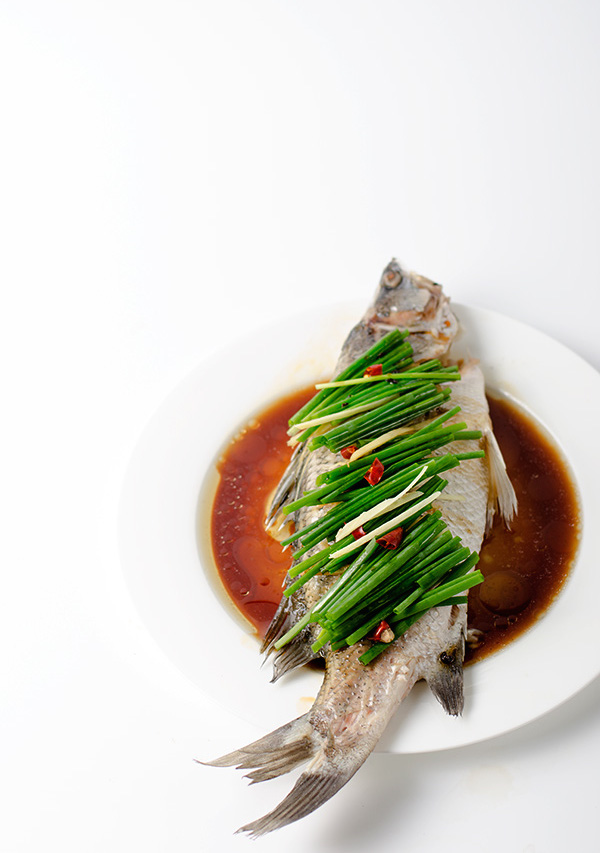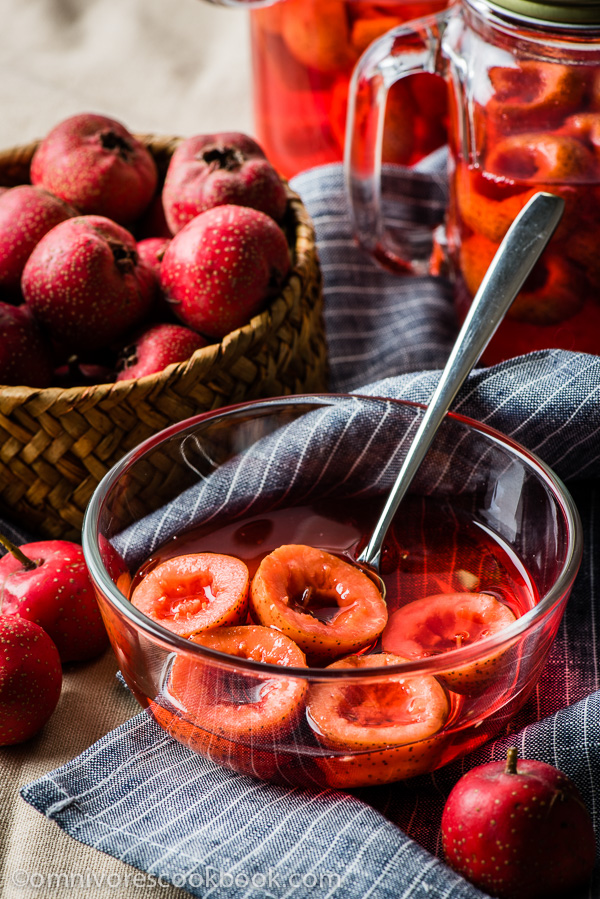This Thursday marks the beginning of Chinese New Year (also referred to as Lunar New Year, or Spring Festival 春节) – a 15 day celebration to ring in the New Year. To learn more about the festival, we spoke with Maggie Zhu, a Beijing native, who shares her passion and knowledge of Chinese cooking on her blog Omnivore’s Cookbook.
Reese: Throughout China, customs and traditions vary widely for the New Year. What are some of the ways your family celebrates the festival?
Maggie: For my family, my father’s parents live in Tangshan (a small city in Hebei province, about 3 hours drive from Beijing) and my mother’s parents live in Beijing. Both my parents and I will drive to Tangshan on New Year’s Eve for a family gathering. The celebration includes a lot of cooking and eating (especially homemade dumplings), setting off fireworks on New Year’s Eve, visiting houses of relatives who live nearby, and going to the Spring Festival market.
We usually visit my mother’s parents three or four days after New Year’s Day, and while it’s a much simpler gathering, it includes a lot of eating and gossiping (which I enjoy a lot).
We usually visit my mother’s parents three or four days after New Year’s Day, and while it’s a much simpler gathering, it includes a lot of eating and gossiping (which I enjoy a lot).
Tanghulu (糖葫芦) - hawthorn berries coated with caramelized sugar
Reese: The evening before the first day of Chinese New Year 除夕 is probably the most important occasion for Chinese families. What kind of traditional dishes are served at your family reunion dinner? And what do they symbolize?
Maggie: Boiled dumplings (水饺, shui jiao) are the main one. Dumplings are shaped like an ingot (particularly those used as ancient Chinese money) and they are believed to bring luck and wealth to the whole family.
Making and eating dumplings on New Year’s Eve is a ritual that we have been doing since I can remember. In my grandparents’ house, the dumpling-making team includes nearly everyone (for my family, and I believe for the majority of other families in China as well, Spring Festival is the only time of year that everyone gathers under one roof). A large amount of dough will be prepared ahead of time. There are several groups within the team, each with a different responsibility - making the wrappers, packing and folding the dumplings, and cooking them.
Dumplings can only be cooked in small batches and will taste best when freshly cooked. So instead of cooking all of them and eating cold dumplings, there is always one person who mans the stove and passes freshly cooked dumplings to everyone else to enjoy while fresh. Whoever finishes eating early will get back to work, so the others have a chance to eat.
Reese: What are some of your favorite Chinese New Year snacks and dishes?
Maggie: For Chinese New Year, it’s all about the meat, poultry, and fish dishes. We have a few family dishes of stew and braised meat, and my favorite is braised pork spareribs. I also like steamed fish a lot. Fish represents wealth and is an important component of Chinese culture. We usually get a whole live fish from the market, and its flavor is really great. On the second or third day of the New Year, after we’ve eaten so much heavy food, we usually start to cook simple meals, especially noodle dishes. One of my favorites is Zha Jiang Mian - a classic Beijing dish that has an appetizing and flavorful meat sauce.
Reese: What is Beijing like during Chinese New Year? Are there city-wide events to celebrate the New Year?
Maggie: We have a nationwide thing - a TV show that lasts 3 hours on New Year’s Eve. It includes a lot of dancing, singing, and comedy. It’s during this time that all the family members are together, dining, chatting, and watching the show. At the end of the show, at midnight, a bell will ring in the New Year, and everyone will rush outside to set off firecrackers. We believe that the louder the firecrackers, the more luck will be brought, so it always sounds like a war zone!
For city-wide events, there is the Spring Festival Temple Fair. You can enjoy all sorts of street food, crafts, and entertainment. But besides a few parks and fairs, the streets of Beijing during Chinese New Year are always quiet and empty. About 40% of Beijing residents are non-local, which means most of them will go back to their hometowns during the New Year. Lots of restaurants and malls will be closed, and there is no traffic at all.
Reese: Have Chinese New Year traditions evolved from when you were a child, or new ones created, by the rapidly growing urban generation of China?
Maggie: I’d say it’s changed a ton, especially in modern cities like Beijing. Besides spending time with parents and grandparents, more and more people have started to utilize the “golden week” to travel, especially for overseas trips.
We still have the one child policy here, and big cities like Beijing and Shanghai follow it strictly. This means that most people around me (including myself), don’t have brothers or sisters. So we spend a lot of time hanging out with friends instead of siblings (this is very different from people in my parents’ generation).
Reese: Back home in Malaysia, the Chinese community will make all sorts of treats for Chinese New Year like pineapple tarts, almond cookies, cornflake cookies, and love letters. What are some of the sweets being served during Chinese New Year in China?
Maggie: The sweets you mentioned are mostly of the southern Chinese style, and our version of dessert is slightly different. This question is quite difficult to answer, because China is such a huge culture, and every city or province has its own specialty (When I asked my colleagues this question, every one of them gave me a different answer).
The traditional dessert of Tangshan (where I spent all my New Year’s Days growing up) is honey ma tang (蜂蜜麻糖) - a pastry dough that is fried and then drizzled with a honey-based syrup (its texture is a bit like baklava without the nuts). The other dessert would be mahua (麻花) - fried dough twists. It’s a specialty from Tianjin, a city not far from Beijing. Some of my family members live there and always bring them to the gathering.
As for my mother’s parents, they are from northern China, so they enjoy desserts such as pumpkin bun and rice cake filled with red bean paste (picture above). But as a family from Beijing, both my mom and I love tanghulu (糖葫芦) - hawthorn berries coated with caramelized sugar. It’s a classic Beijing winter dessert and is super delicious! The other dessert we love is hawthorn berry juice.
And to our customers/readers, we hope you enjoyed this special feature. Please head over to Maggie’s site at Omnivore’s Cookbook to find the recipes she mentioned, and many more authentic Chinese recipes to try cooking this Chinese New Year.
Gong Xi Fa Cai (Happy New Year) to all of you!

